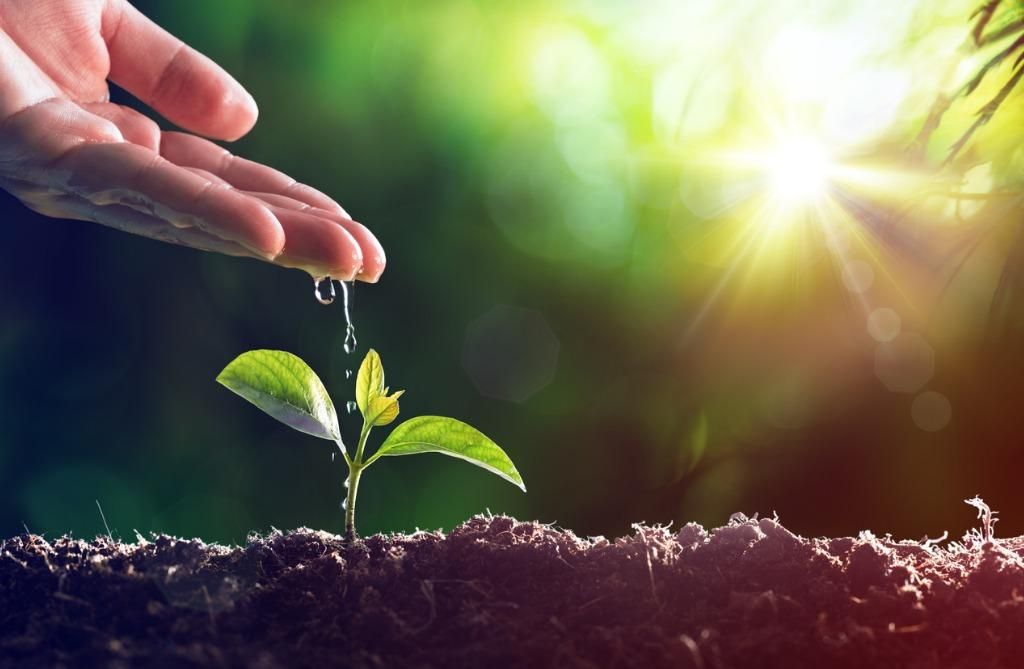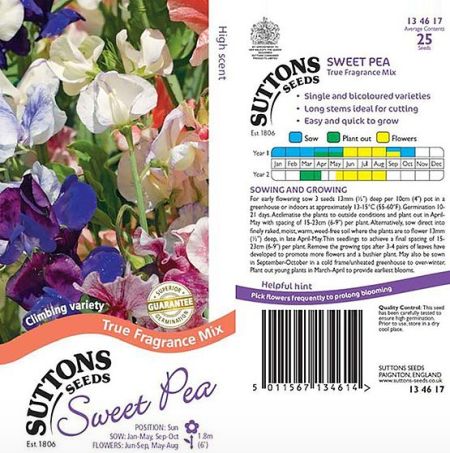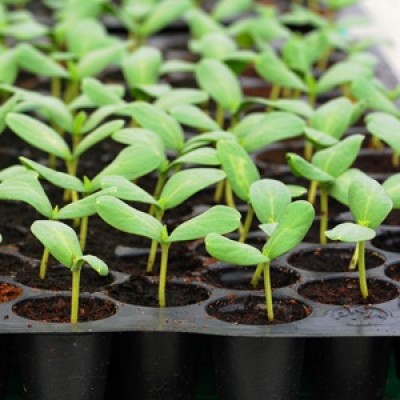How to Sow Seeds Indoor
As spring is just a short few weeks to go, February in the garden is a time of year for tidying up and preparing for summer. For a Gardening enthusiast it’s a very enjoyable project. It’s time to start sowing your seeds on a sunny windowsill indoors and set up for spring and summer. The best part is that you don’t need to invest a lot of money! Sowing seeds, tidying up the garden, preparing the soil, and all these activities are cheap and exciting for any gardener.
Choosing your Seeds
Make sure you check the back of the packets when you’re deciding what to plant. Ensure you sow it in the correct month so then you will have enough time until the harvest. A large selection of vegetables must be started in early February, indoors and so with flowers.
Sowing under Cover

Sowing your seeds indoor while conditions outside are not great, means you can raise strong and healthy seedlings, safe from the cold weather and pests. The ideal is to start seedlings off under the protection of a greenhouse, a cold frame, or you can do it inside your house on your windowsill (Just be careful because windowsills can be very cold, so make sure the temperature is ideal). A greenhouse would trap the sun’s light and warmth and keep it for longer. Inside a greenhouse, nights are less cool and sunny days are considerably warmer.
As stated above, windowsills can be a convenient option to start sowing your seeds. Sow it into pots or smaller seed flats if it fits on your windowsill. Some vegetables such as peppers and tomatoes may benefit from the extra warmth and humidity (important factors to take in consideration when sowing seeds) of a propagator, or you can replicate these conditions by putting a clear plastic on top of the pots and secure it using an elastic band.
As you started sowing, after two or three days, start cheeking daily to see if there is any sign of germination. When they start to germinate you can move it to a greenhouse, or cold frame. If can’t invest on a greenhouse and want to keep growing seedlings indoor, use artificial grow lights to ensure they are growing and strong.
When to Sow
Follow your seed packet instructions, as each species has its own requirements. In Ireland, annual flowers, and heat-loving vegetables such as tomato, pepper, and eggplant are usually started in early spring. Cabbage and broccoli intended for fall crops may be started indoors in June or July. Tiny seeds, such as those of alpine strawberry, may need to be started as early as February.
Light
If there is not enough natural light available where you live means you will need artificial lighting to grow your seeds. The lack of light is the major cause of elongated and skinny stems. At this stage, plants usually need 12 to 16 hours of light daily, however the dark period is also very important for the plant to grow and develop properly. A timer can be helpful on this process. Hang the lights from chains so then when the plants grow you can easily raise the lights. They should be positioned approximately two inches above the tops of your seedlings. Finally, you can use cool white and daylight tubes to provide good light for your plants.
Seed Trays X Module Trays
Seed trays are very useful and handy if you are sowing small seedlings. However, if you fill a seed tray with mixed seedlings, their roots can grow into each other and can make transplanting much harder. Module trays minimise the risk of root damage and can save your time, since many times they can go straight from the tray to a pot. Additionally, there is a large variety of sizes of module trays, choose the correct one according to the size of the seed. For example, if you are sowing larger seeds such as beans, you should choose one with bigger plugs, but if you are sowing crops such as radish, smaller plugs are the correct choice. Either way, assure that the container you choose have drainage holes at the bottom.
Sowing into a Plug Tray

Choose a spot protect from the wind and direct sunlight and bring them back indoors before the temperature starts to drop. You should slowly expose them to sunshine each day. In two weeks, times, if the weather is favourable the seedlings can stay outside in a sunny area until they are ready to be transplanted into the garden.If you can, an easy way to harden off is to use a cold frame which will act similarly to a greenhouse.
Transplant on a cloudy day or late afternoon when the sun has passed its peak. Even hardened off plants may wilt when first exposed to full sun, but they generally recover within a day or so. Row covers and other types of plant protectors can help even plants get off to a good start in the garden by reducing damage from wind and temperature fluctuations.
When transplanting seedlings grown in peat pots, newspaper pots, cow-dung pots, or any other containers made of organic matter, trim the pots down to soil level. The collars of these pots, exposed to drying air, will wick water away from the root zone. To encourage roots to spread out into garden soil, carefully cut or tear holes in the bottoms of these pots, because they usually don't break down completely in the soil, and may inhibit root growth.
Lenehans Has It
From stunning flowers to vegetables and fruit varieties, Lenehans has a huge selection of seeds available for next day delivery. Check our website for new spring varieties of Seeds 2022.
Resources
- https://www.growveg.co.uk/guides/sowing-seeds-absolutely-everything-you-need-to-know/
- University of Minnesota Extension Horticulture







